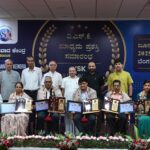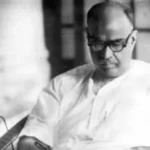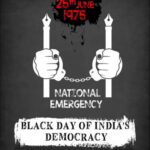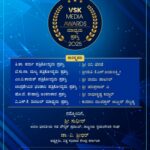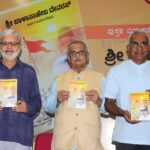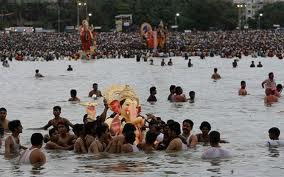
by Dr Yadu Singh, Sydney: 21st June, 2012
I was waiting for the latest Census 2011 data. This is out today. It has some very interesting information.
- There are a total of 21,507,717 people in Australia.
- 26% people were born overseas and 20% had one parent born overseas.
- Top 10 counties by birth of migrants include India at 4th spot [295000 people]. UK, NZ, China are higher.
- People of Asian background by birth have moved up in proportion of people born overseas [33% in 2011 Vs 24% in 2001].
- Before 2007, UK was the top source of migrants but India is the top source of migrants in 2007-11. India now contributes 13.1% of migrants [2007-11] compared to 12% from UK. Most of the top 10 countries from where migrants are arriving from are Asian countries.
- 47% of all Indians in Australia are Indians who have arrived in recent years [2007-11]. Corresponding numbers for Chinese is 35.
- 200,000 Indians have arrived in Australia between 2001-11. Corresponding numbers are 176,200 and 127,700 for Chinese and New Zealanders respectively.
- 98 males for 100 females in Australia but numbers skewed adversely for Nepalese [144 Males for 100 females], Afghanistani people [143 males for 100 females] and Pakistani people [143 males for 100 females].
- 391000 [2%] people have identified their ancestry as Indian ancestry, compared to 866000 [4%] for Chinese ancestry. This number may be an underestimate as some second and third generation people of Indian ancestry may have identified themselves as from ”Australian ancestry”.
- Among those who identified as of Indian ancestry, 61% were born in India, 20% in Australia and 19% in other countries.
- Indian ancestry numbers may be an underestimate as a section of Indian community ran a campaign before Census to identify themselves as “Punjabi” ancestry, not Indian ancestry.
- 61% people follow Christianity in 2011 compared to 68% in 2001 and 96% in 1911.
- Non-Christian faiths have grown from 4.9% [900,000 people] to 7.2% [1.5 millions] between 2001 to 2011.
- Buddhism is the commonest non-Christian religion [2.5%], followed by Islam [2.2%] and Hinduism [1.3%].
- Hinduism had the fastest growth. It grew 189% between 2001 to 2011. 275000 people identify themselves as Hindu now. 275000 Hindus from a total of 391000 people with Indian heritage means Hindus constitute 70% of total number of Australians of Indian ancestry.
- Growth of Islam and Buddhism have been 69% [476,300 people] and 48% [529000 people] in the last decade.
- “No religion” category grew too from 15% to 22% between 2001 to 2011.
- Over half [56%] people born overseas are Christian.
- Hindi is one of the Top 10 language, other than English, spoken by people. 104900 people [0.5%] speak Hindi at Homes. Mandarin, Arabic, Cantonese and Vietnamese are spoken by more Australians. Hindi is the only Indian language among the top 10 languages in Australia. Punjabi language is spoken by Punjabi sub-segment of Indian community significantly but I am not completely clear about the comparison between Hindi and Punjabi languages. I will study this data more carefully and will seek clarifications.
My take is that increasing numbers of young and highly trained Indians are choosing to migrate to Australia. This is despite a negative campaign against Australia, which was run by a segment of Indian media in recent years. It proves that Australia is a fantastic place to live, work and settle.
Indian Australian community has grown significantly in recent years and will continue to grow in coming years. There is an urgent need to network this community [particularly newer migrants] for mentoring/guidance in regards to settlement issues and integration in the Australian community, and also pastoral care, when needed.
Indian community associations and leaders need to analyse how they can provide guidance to newer migrants, when such guidance and mentoring become necessary.
One does not need to be an Einstein to predict that Indian Australian community will achieve increasing importance in Australian politics. They will constitute significant proportions in many constituencies. I predict, and in fact hope, that some “good” people from amongst us will enter Australian Parliaments and Local Councils within next 5 years.
Dr Yadu Singh/Sydney/21st June, 2012

